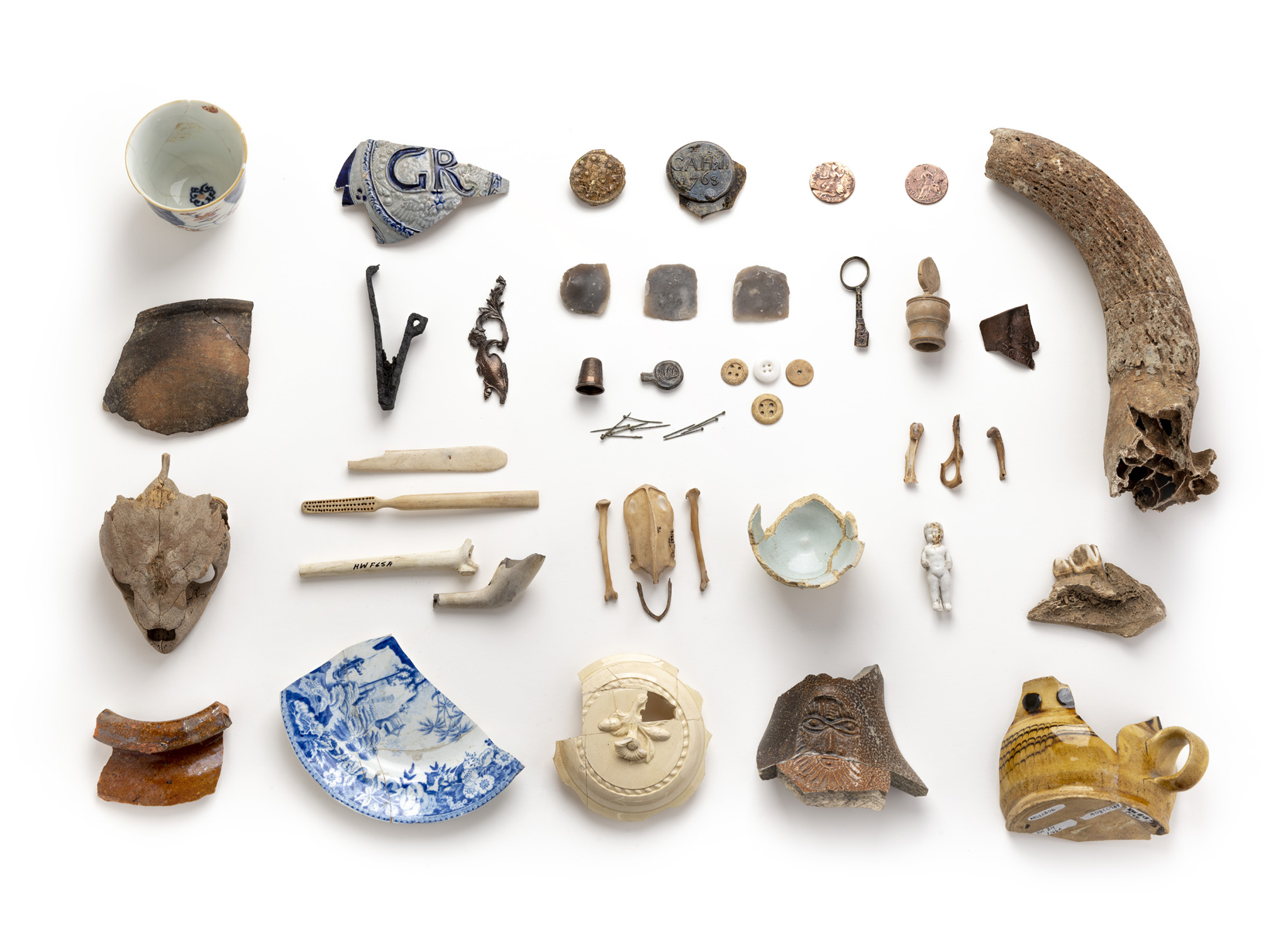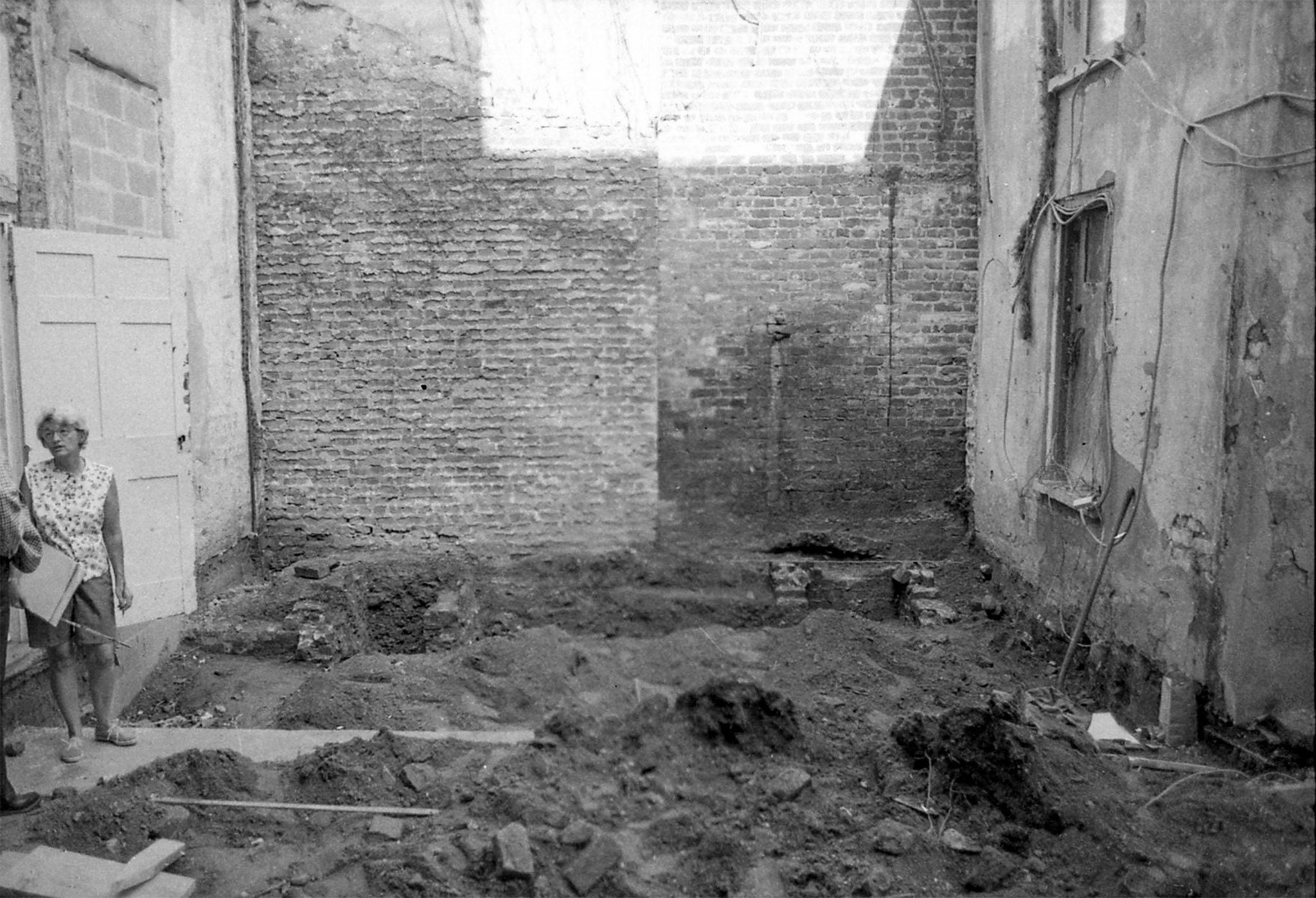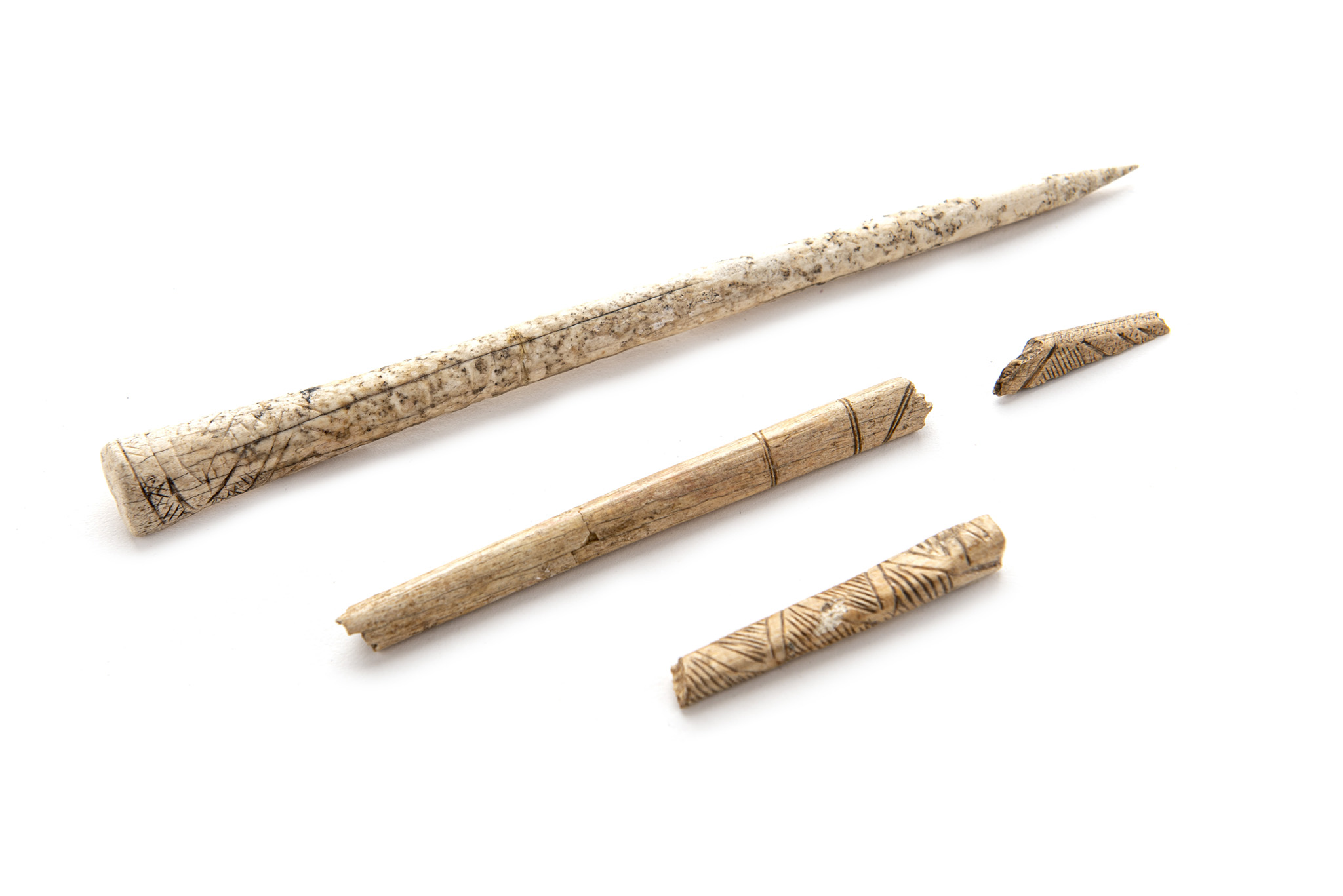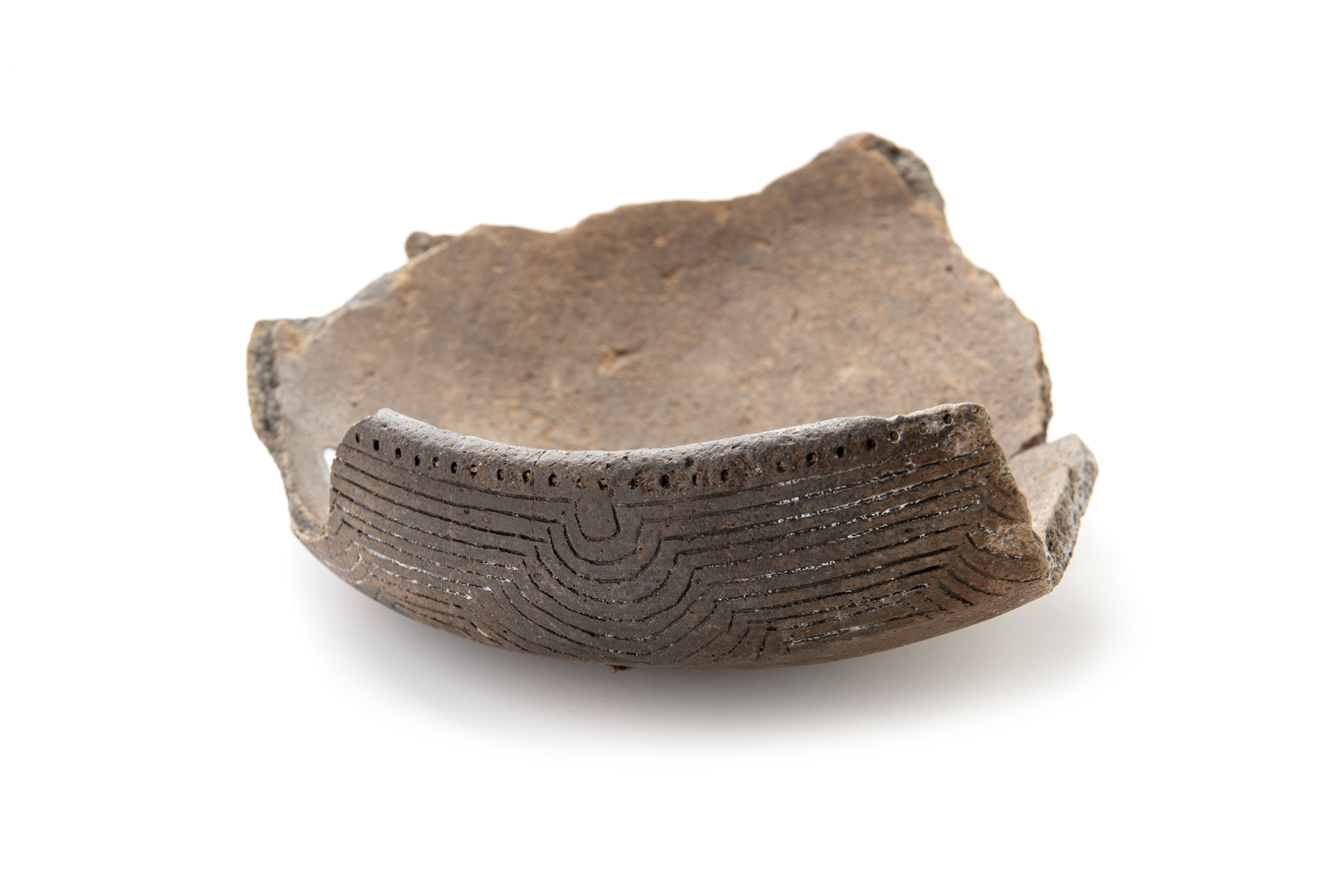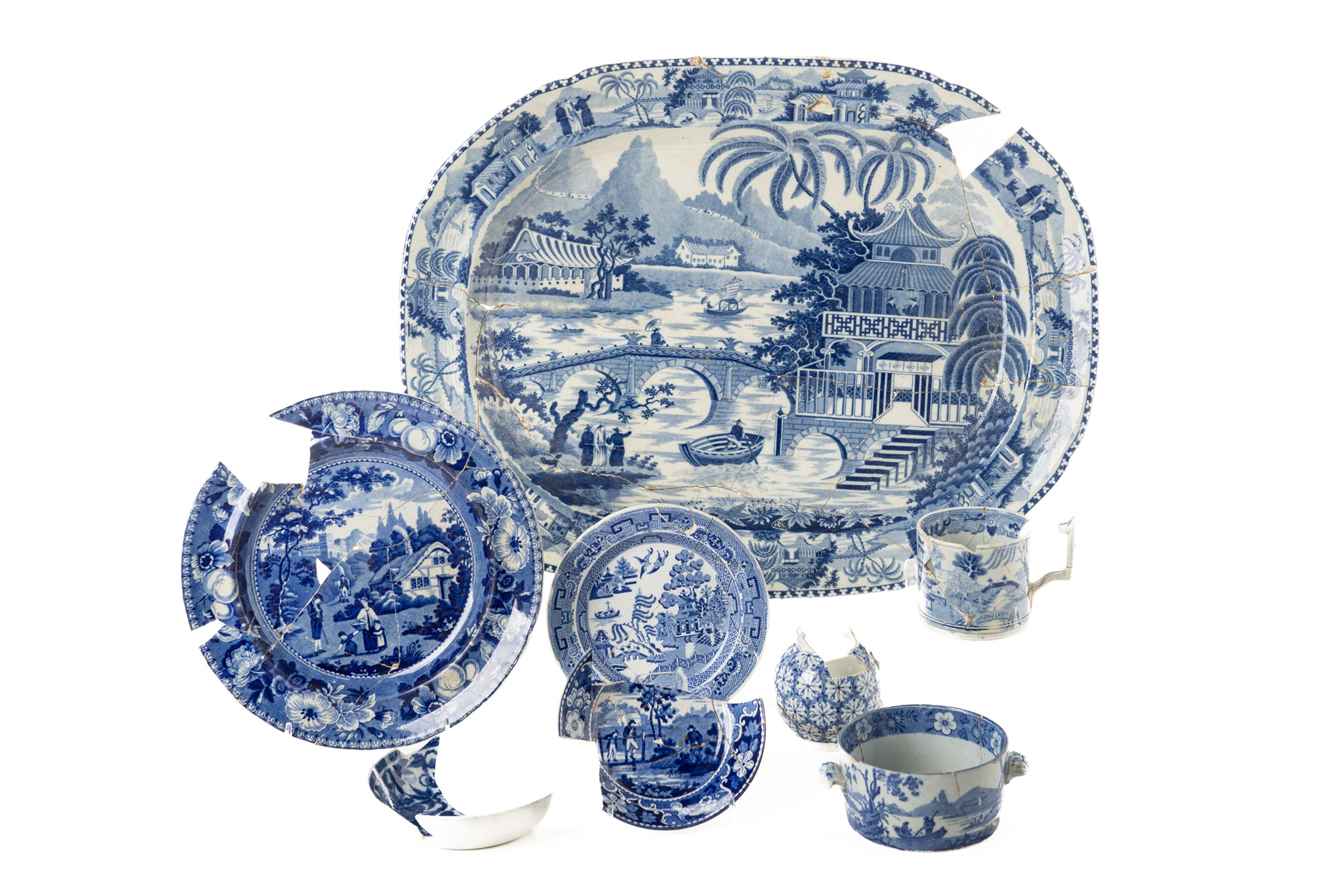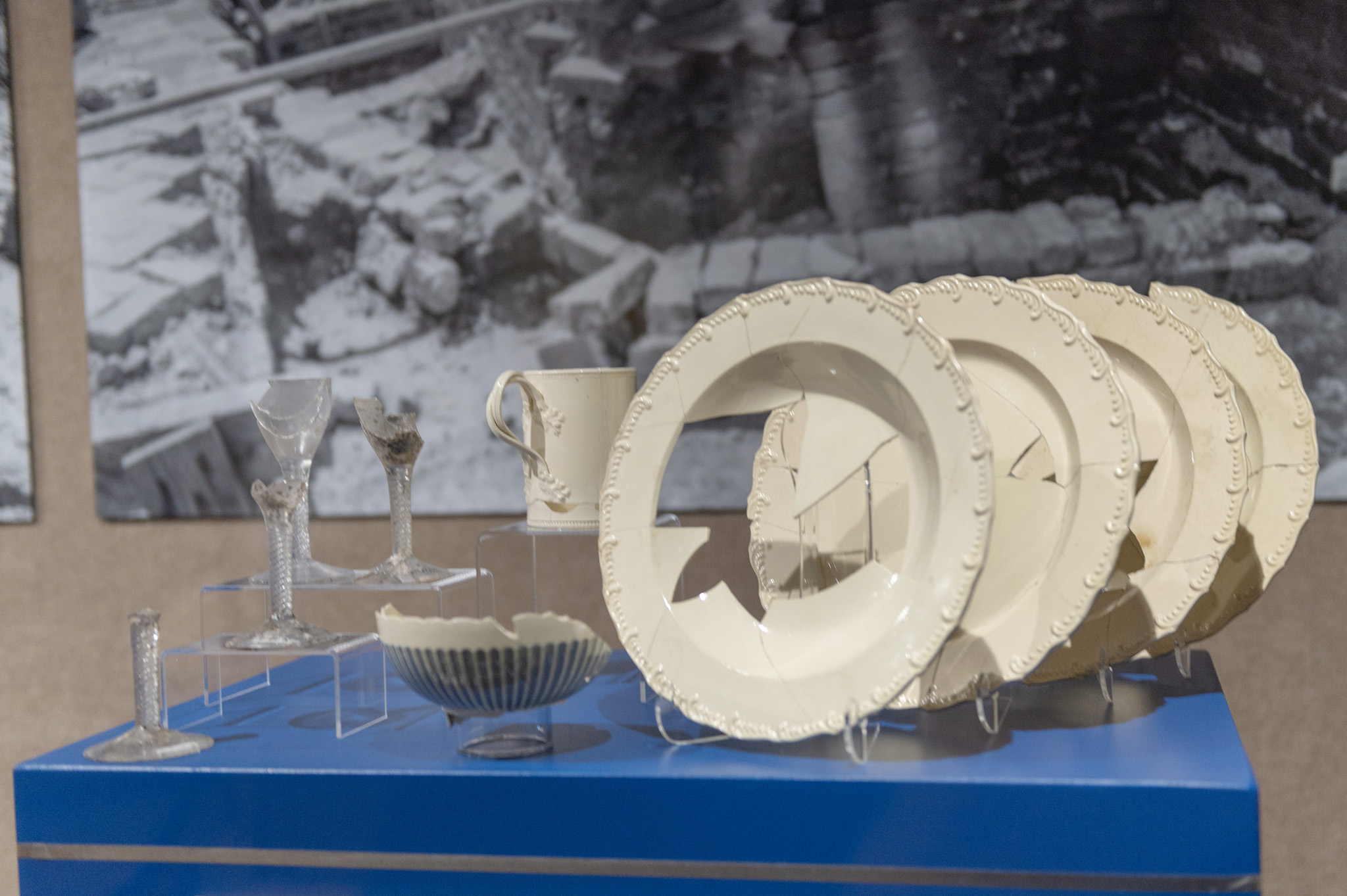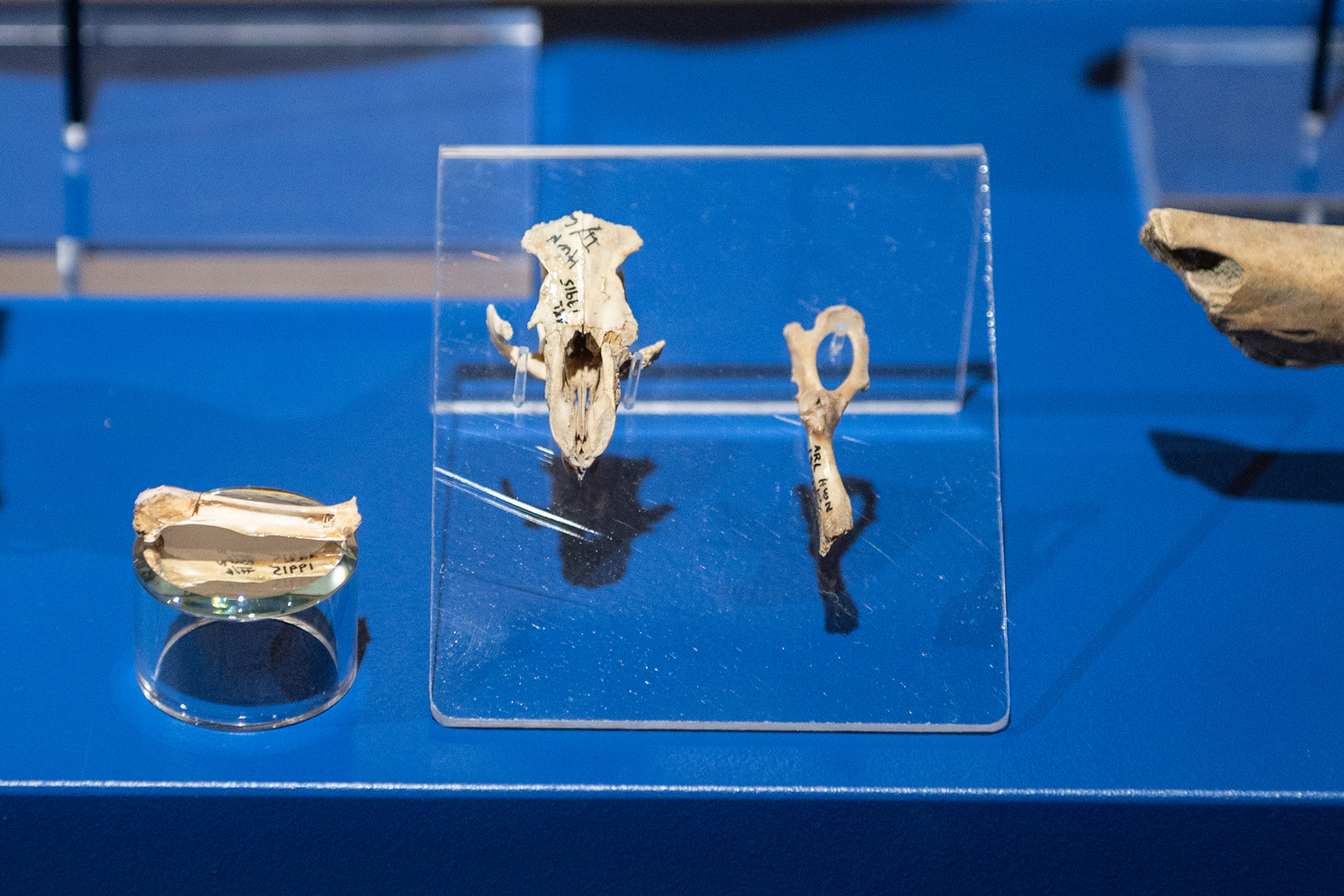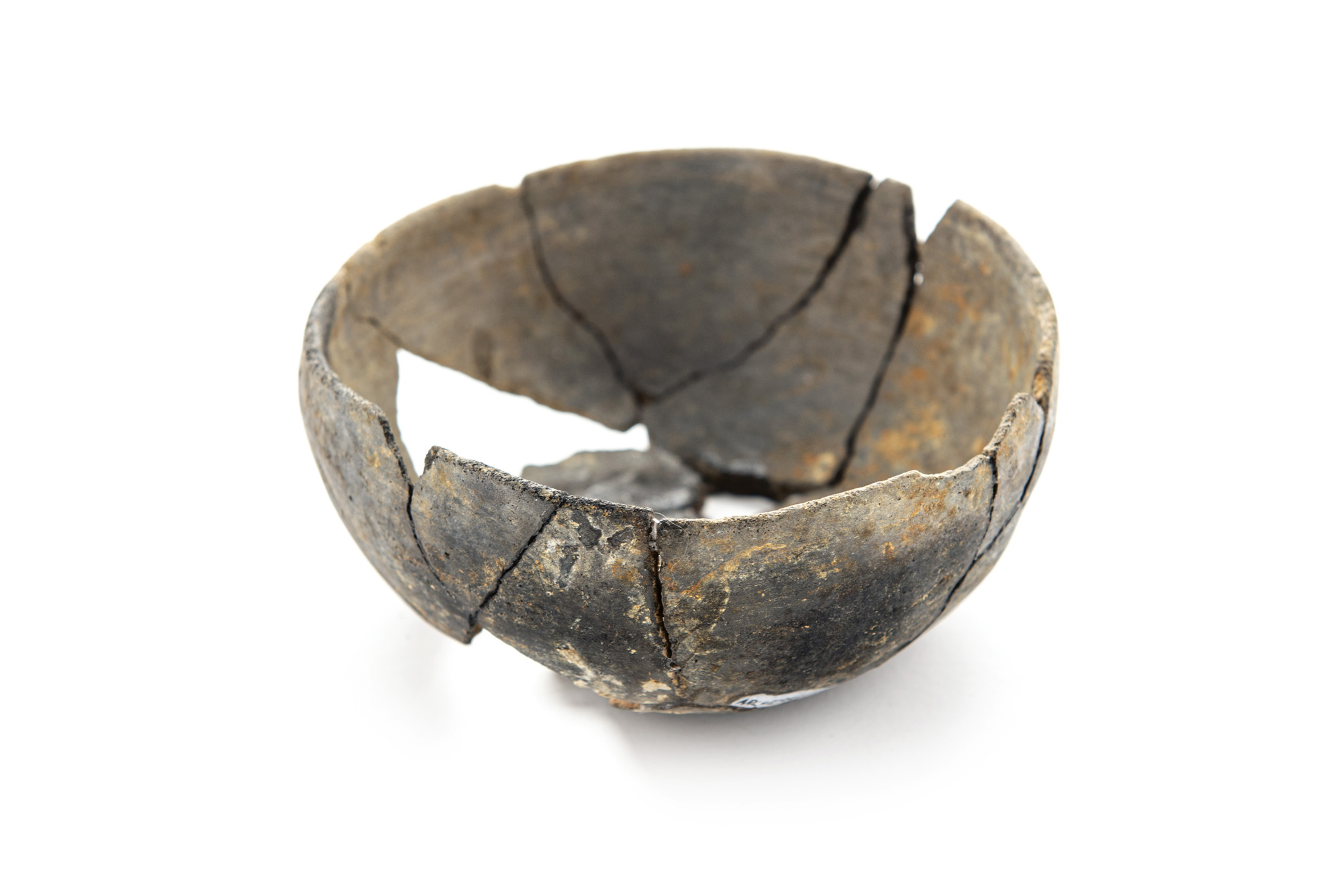Archaeology at The Charleston Museum: Past, Present, and Future
Many of you have known me as the Curator of Historical Archaeology for these past 42 years. Throughout those years, it has been a privilege to excavate in and around Charleston, screening for those special pieces of history that help tell a more complete story of the people who lived and worked in the city, and the animals that shared urban spaces with its many and varied residents. For my last blog post, I would like to share a part of the past, present, and future of archaeology at The Charleston Museum.
The Charleston Museum’s archaeology collections are global in scope, with the bulk of the materials from South Carolina. Beginning in the 1970s, the Museum sponsored an active archaeological research and excavation program, focusing on sites in Charleston and those of the colonial period. With Elaine Herold’s excavations at the Heyward-Washington House in 1974-1977 and my later excavations on Charleston sites beginning in 1981, The Charleston Museum has excavated dozens of sites in downtown Charleston and on rural tracts in the Lowcountry, publishing 60 archaeological site reports. These projects were supported by archaeology students from the College of Charleston and a group of faithful volunteers and supportive colleagues.
Many of these projects were “firsts” for the Museum and for Charleston, are now the subject of new studies by outside researchers, ranging from C14 dating to stable isotope analysis. Such pathbreaking studies are the reason to curate archaeological collections. The following are a few highlights.
Some of the oldest artifacts in our collections are carved bone pins from late Archaic (6000-2000 B.P.) sites, mostly from the iconic shell rings like Fig Island near Seabrook and Chester Fields in Beaufort County. Our examples are among those from nine sites examined by SCDNR archeologist Kiersten Weber for her Master’s Thesis in 2019. Given their coastal, marshy locations, archaic shell rings are particularly vulnerable to rising sea level. The South Carolina Department of Natural Resources (SCDNR) Heritage Trust program has been working tirelessly the past five years to salvage two important shell sites, Spanish Mount and Pockoy Shell Ring, before they wash away completely.
This is an exciting time for the study of Indigenous people of the 17th century. The Yamasee were a coalescent group, primarily from coastal Georgia communities. At the turn of the 18th century, Yamasee people began to migrate and build a nation around Port Royal, living in ten towns. In 1715, following years of abuse by Carolina neighbors, war erupted in the capital town of Pocotaligo. Hannah Hoover of the University of Michigan has made exciting new discoveries at the site of Pocotaligo. She and Chester DePratter of the South Carolina Institute of Archaeology and Anthropology have examined an important collection of Yamasee pottery recovered by divers at Bluff Plantation and donated to the Museum in the 1970s.
A collection of transfer-printed and cabled earthenwares were found at the site at Charleston Place, the first Federally-mandated excavation project in Charleston. An initial study by University of Tennessee-Chattanooga was followed by salvage excavations by The Charleston Museum. This block-wide excavation produced our largest collection of artifacts associated with Charleston’s middle class and business residents in the 19th century.
Sets of feather-edged creamware and air-twist stemmed goblets were recovered from the privy at the Heyward-Washington House in 1974, the first professional dig conducted in Charleston. This excavation, by Elaine Herold for the Museum, remains one of the largest in Charleston and the collections are the most diverse and informative of any. New studies include Sarah Platt’s 2022 dissertation and a 2023 excavation in the cellar. Next year, Myles Sullivan of the University of Florida will use Thomas Heyward’s artifacts recovered in the privy to compare consumer habits in British Charleston and Spanish St. Augustine.
Somewhat less glamorous, but much rarer, are the remains of a guinea pig from the early 19th century layers of the same privy. Guinea pigs are native to South America, but were domesticated and brought to Europe during the colonial period. The femur from the Heyward-Washington house was part of an international DNA study by Edana Lorde of New Zealand and Susan DeFrance of University of Florida, to track domestication and dispersal events through time. We learned our animal came directly from South America. As this is the only guinea pig among thousands of analyzed animals, we suspect this was a pet or at least a novelty. Stay tuned for more news, as the Heyward-Washington property is always under study and reanalysis.
Special drawers in collections storage are set aside for a selection of colonoware, a low-fired earthenware made in the lowcountry through the 18th century. The assemblage of colonoware from the Heyward-Washington House is described in a new book edited by Jon Marcoux and Corey Sattes, available in April 2024. Highlighted is the recently-discovered example decorated with a palm fiber roulette. This decorative technique is distinctly African, but a 1993 Neutron Activation analysis by Brian Crane revealed that our fragment is a local product, produced from the same clay as many other colonowares from the site. The significance of the 1993 study for the 2023 discovery illustrates the way archaeologists slowly build new interpretations from old collections.
The collection also includes small colonoware bowls recovered from the Charleston Judicial Center site by New South Associates in 1999, the first opportunity to explore a city block occupied in the early 18th century. From this excavation, Joe Joseph was able to propose a pattern of evolving land use in the city from the late 17th to the late 18th century, as lots got long and narrow and buildings and activity areas were reorganized. His model guided all subsequent excavations within the walled city.
Artifacts from these projects fill the Museum storeroom and were highlighted in a special exhibition for our 250th anniversary in 2023. Professionally-excavated collections have the added value of context, knowing exactly where an artifact came from, who owned and used it, and when they discarded it. Collections with good context remain available for additional analysis and study, using new techniques. I have no doubt that the archaeological collections at The Charleston Museum will continue to inform for years to come.
–Martha Zierden
Learn More About Archaeology at the Heyward-Washington House
.embed-container { position: relative; padding-bottom: 56.25%; height: 0; overflow: hidden; max-width: 100%; } .embed-container iframe, .embed-container object, .embed-container embed { position: absolute; top: 0; left: 0; width: 100%; height: 100%; }


